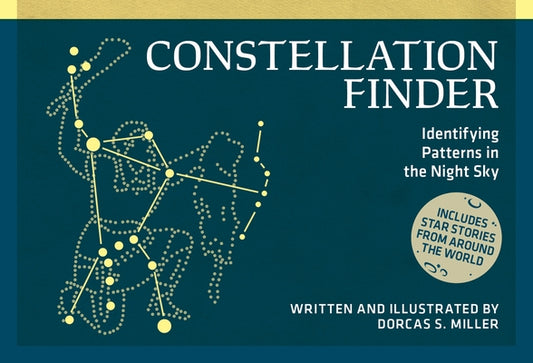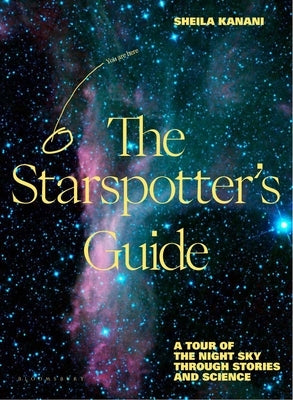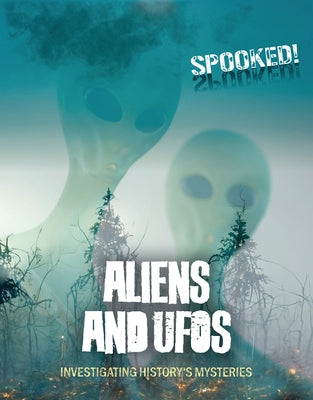Sale 10% Off Your First Order
Sale 10% Off Your First Order
Movies & TV
Toys & Collectibles
- Home
- To Measure the Sky: An Introduction to Observational Astronomy
Description
The second edition of this popular text provides undergraduates with a quantitative yet accessible introduction to the physical principles underlying the collection and analysis of observational data in contemporary optical and infrared astronomy. The text clearly links recent developments in ground- and space-based telescopes, observatory and instrument design, adaptive optics, and detector technologies to the more modest telescopes and detectors that students may use themselves. Beginning with reviews of the most relevant physical concepts and an introduction to elementary statistics, students are given the firm theoretical foundation they need. New topics, including an expanded treatment of spectroscopy, Gaia, the Large Synoptic Survey Telescope, and photometry at large redshifts bring the text up to date. Historical development of topics and quotations emphasize that astronomy is both a scientific and a human endeavour, while extensive end-of-chapter exercises facilitate the students' practical learning experience.
About the Author
Chromey, Frederick R.: - Frederick R. Chromey is Professor of Astronomy and the Matthew Vassar, Jr Chair at Vassar College, New York, and Director of the Vassar College Observatory. He has almost 40 years' experience in observational astronomy research in the optical, radio, and near infrared on stars, gaseous nebulae and galaxies, and has taught astronomy to undergraduates at Brooklyn College, City University of New York and Vassar College.
About the Author
Chromey, Frederick R.: - Frederick R. Chromey is Professor of Astronomy and the Matthew Vassar, Jr Chair at Vassar College, New York, and Director of the Vassar College Observatory. He has almost 40 years' experience in observational astronomy research in the optical, radio, and near infrared on stars, gaseous nebulae and galaxies, and has taught astronomy to undergraduates at Brooklyn College, City University of New York and Vassar College.
Related Products
You May Also Like
-
$10.99 $14.99
-
$9.99 $12.99
-
-
-
$11.99 $15.99
-
$8.99 $12.98
-
-
$21.99 $29.95
-
$9.99 $10.99
Recently Viewed Products
Related Products
Recently viewed products
Shopping cart
close
-
WHAT ARE YOU LOOKING FOR?Search
- Home
- Movies & TV
- Music
- Toys & Collectibles
- Video Games
- Books
- Electronics
- About us
- Castle Chronicles
- Contact us
- Login / Register







![The Magic School Bus Lost in the Solar System [With CD (Audio)] by Degen, Bruce](http://surprisecastle.com/cdn/shop/files/img_077efc46-d057-40d1-b1ff-ec8b750e84a9.jpg?v=1732778009&width=533)











